
Deutsch-Chinesische Enzyklopädie, 德汉百科
 North Rhine-Westphalia
North Rhine-Westphalia


科隆国际艺术展主要吸引享有国际盛誉的画廊参与。艺术展全面展现了二十世纪及二十一世纪的艺术全景 – 从古典现代派一直到当代艺术。 展品主要集中在战后艺术作品以及持续发烧的当代艺术作品。另外,展会的配套活动也多彩多姿:
开放的空间(Open Space) – 为当代艺术作品提供了一个非传统的开放销售空间。包括展商、观众及媒体在内, 都对这个单元普遍表示好评。
艺术新星(New Talents) – 科隆国际艺术展除了强调传统外, 还特别重视对青年艺术与青年艺术家的推广工作。 艺术新星是德国官方文化及媒体委员会、北莱因-威斯特法伦州与科隆市政府共同赞助的一项青年艺术家评选活动。2005年首届举办的科隆国际艺术奖的获奖人就是青年艺术家。
当代艺术(New Contemporaries) – 本单元由科隆波恩储蓄银行艺术基金会赞助,协助推广青年画廊。获得资助的青年画廊可在参展费用上获得减免。
隐藏的珍宝(Hidden Treasures) – 科隆国际艺术展不仅致力于推广后进艺术家,对于国际艺术市场的整体推广更是不遗余力, 这一点体现于展会的另一项配套活动 – 隐藏的珍宝。此项活动每年定期举办一次,活动中将介绍至多五位40岁以上的艺术家及其作品。这些被视为“隐藏的珍宝”的艺术家们在艺术市场上的地位尚未稳 固,尽管他们的作品已在艺术史上拥有一席之地。简言之:您将在这里找到拥有实惠价格的优秀作品。
来年科隆展览将从参展商和观众的利益出发,在基础设施的改进方面着手,加强展馆的技术服务及其他包括餐饮服务等配套设施的建设,与全新使用的展馆导览系统一起,让科隆国际艺术展更加独具魅力!
(Quelle: www.koelnmesse.cn/fair/artcologne/index.htm)
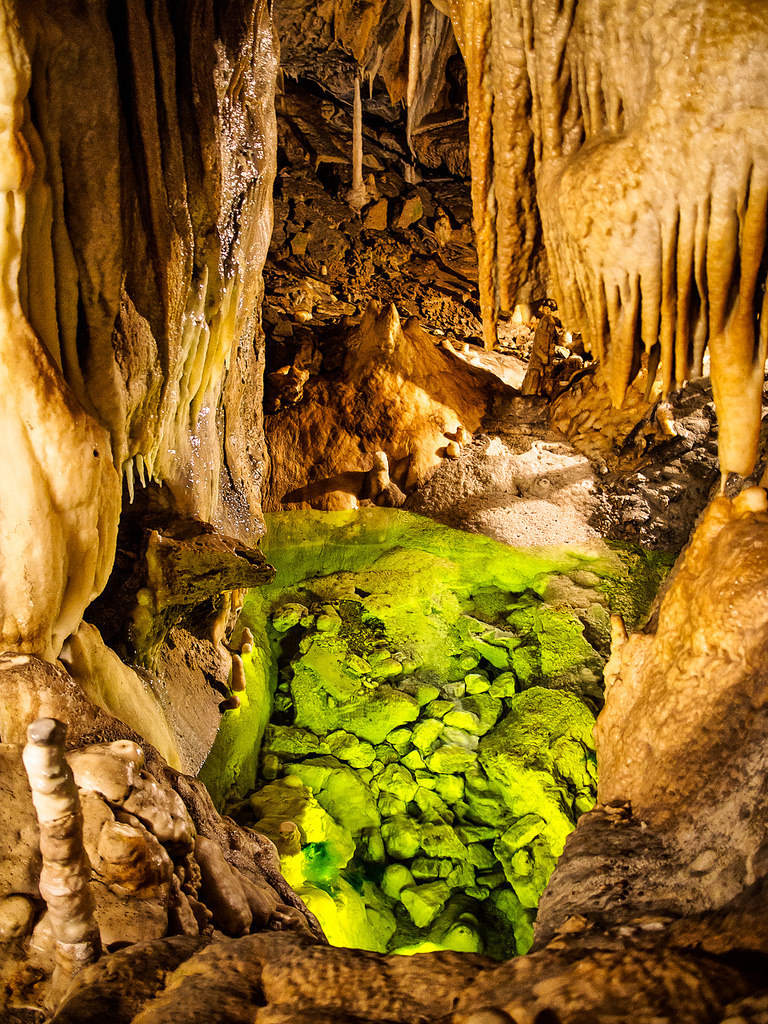

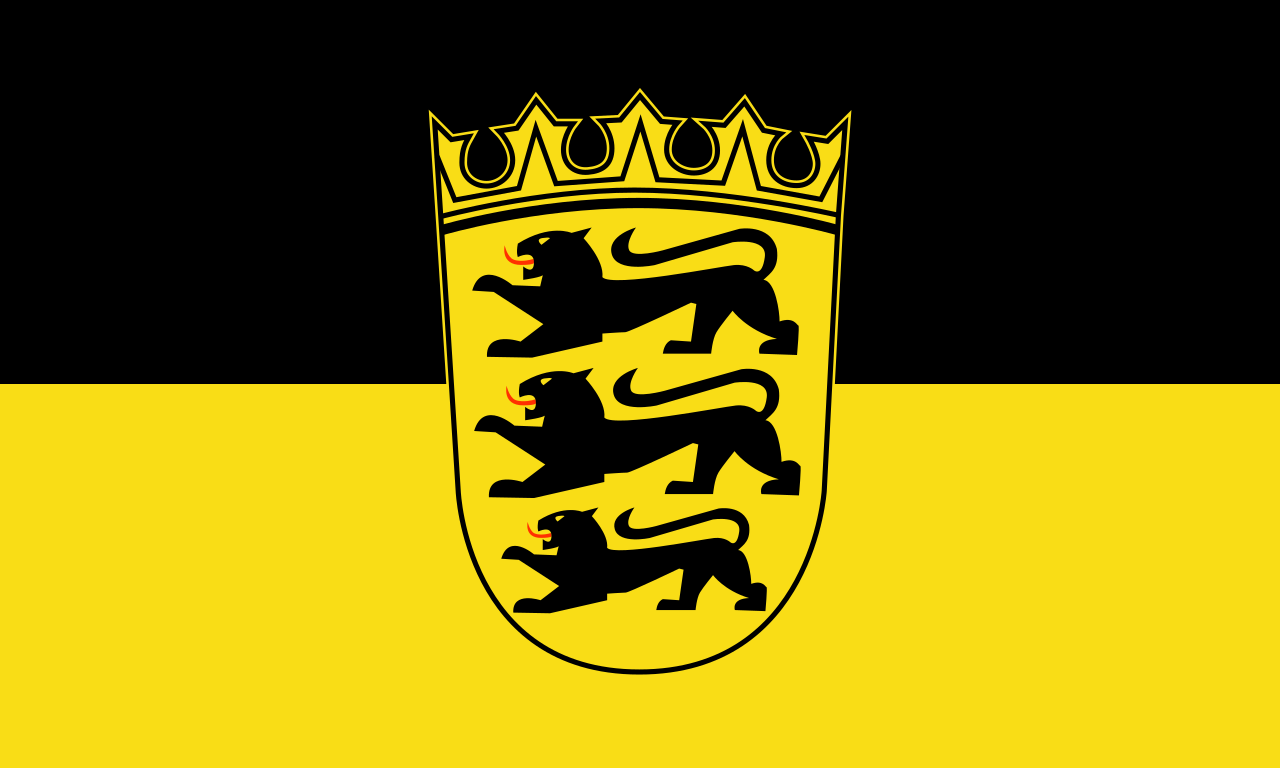 Baden-Wuerttemberg
Baden-Wuerttemberg

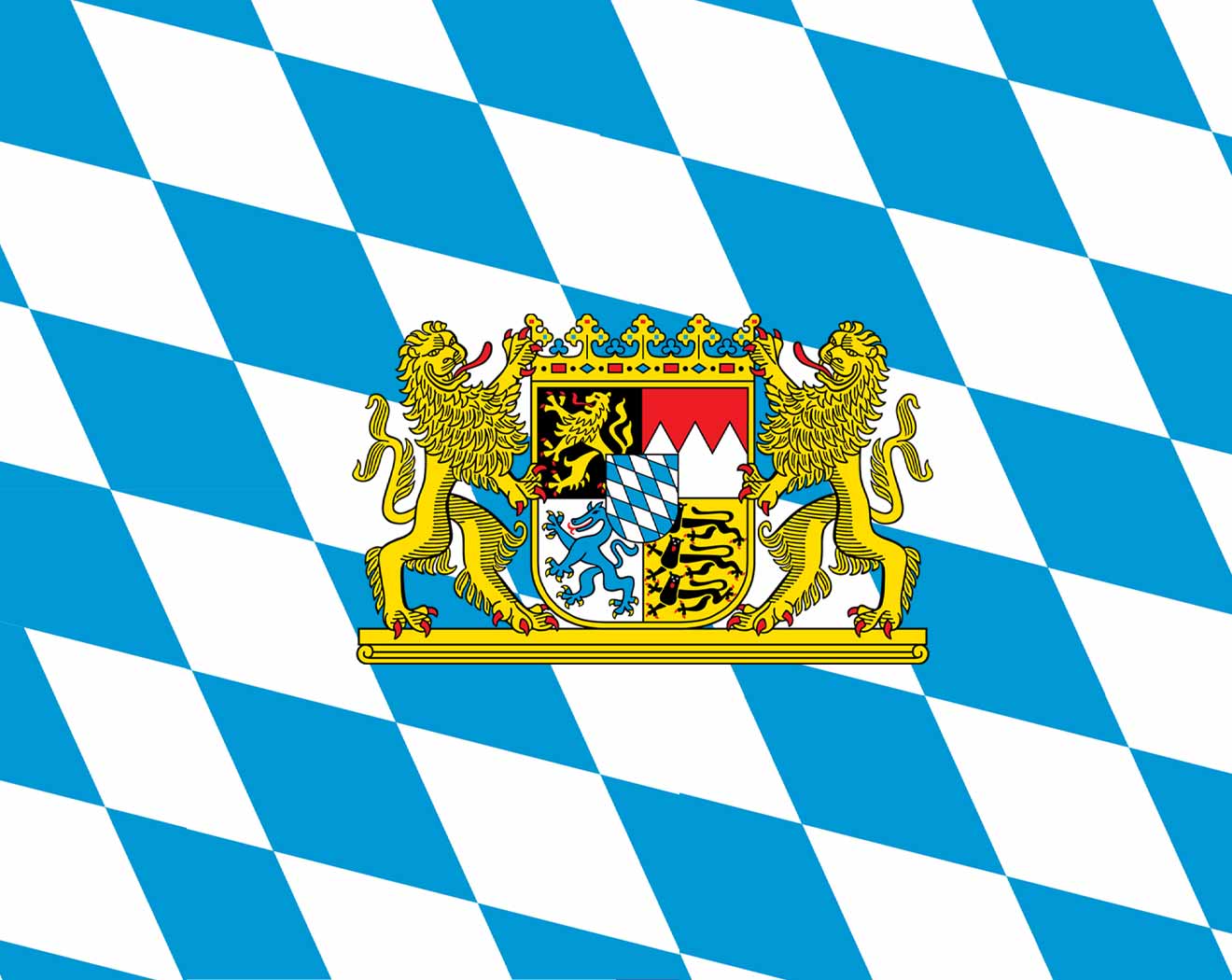 Bavaria
Bavaria

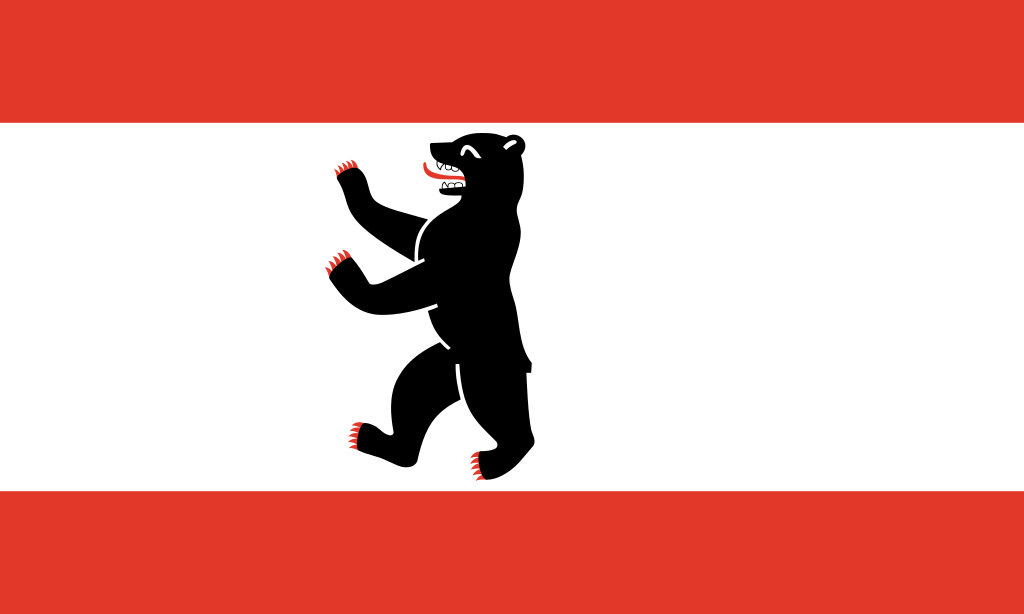 Berlin
Berlin

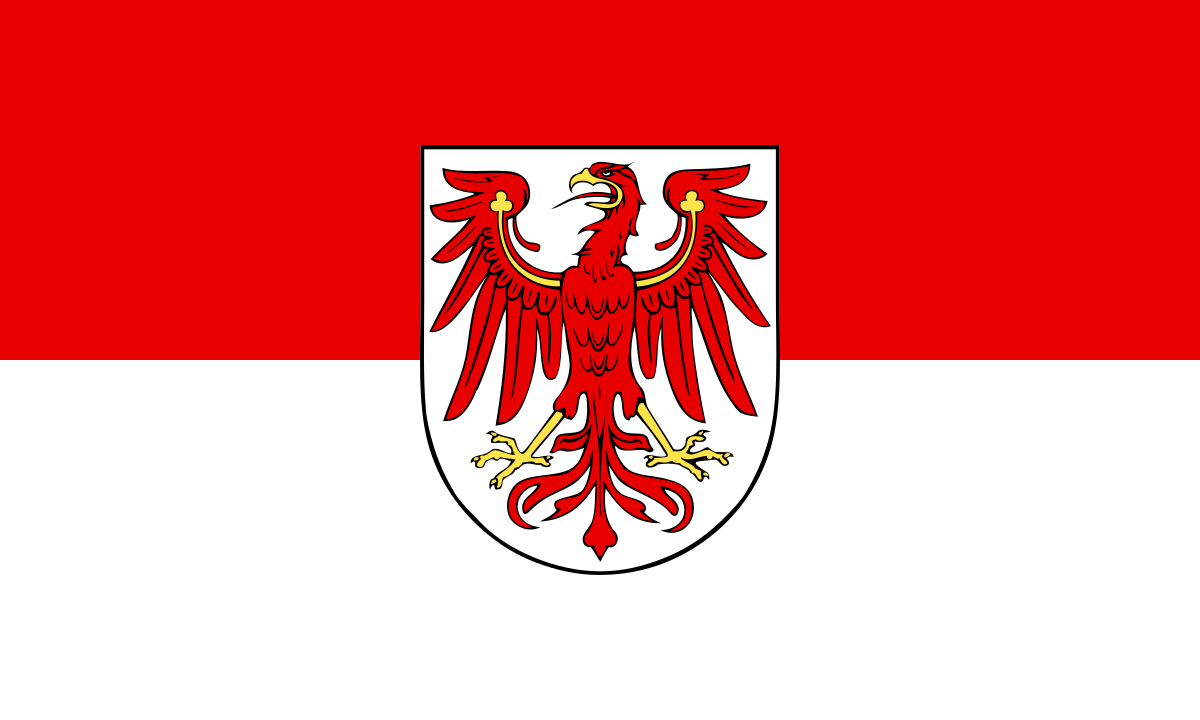 Brandenburg
Brandenburg

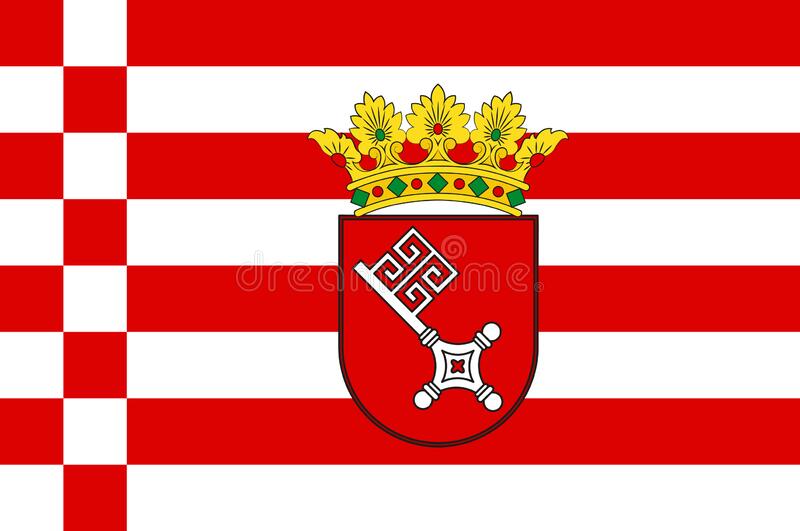 Bremen
Bremen
 Germany
Germany
 Erneuerbare Energie
Erneuerbare Energie
 Windenergie
Windenergie

 Financial
Financial
 *Germany economic data
*Germany economic data

 Geography
Geography
 *World overview
*World overview

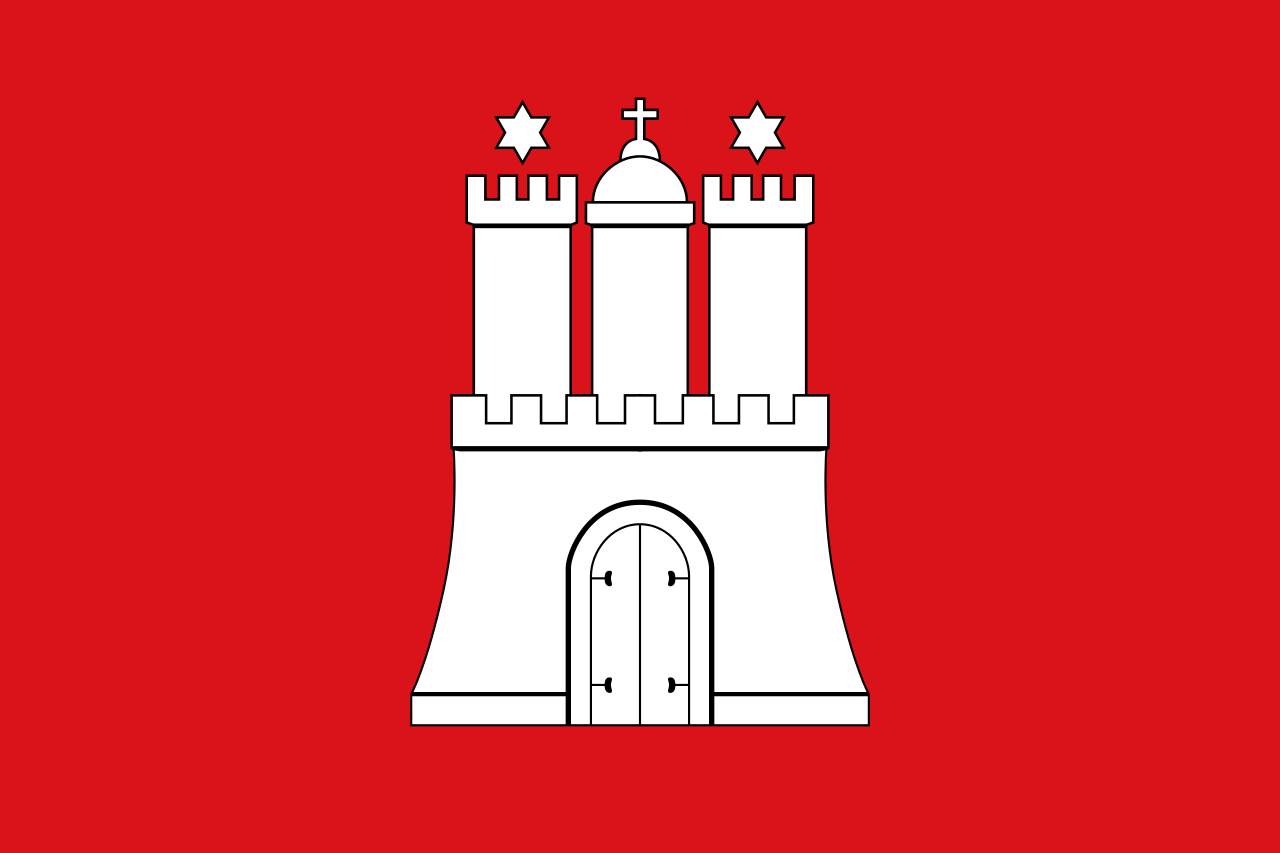 Hamburg
Hamburg

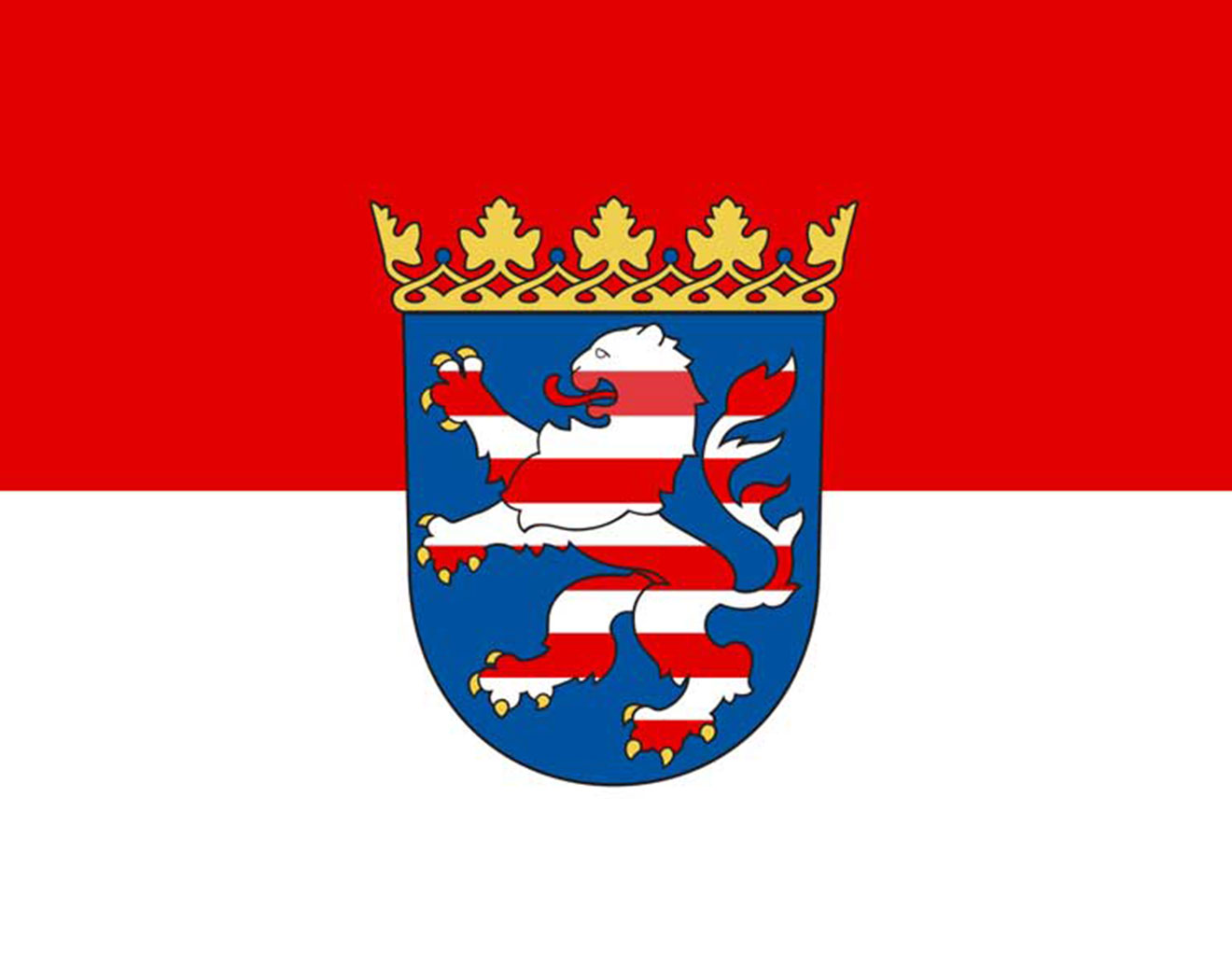 Hessen
Hessen

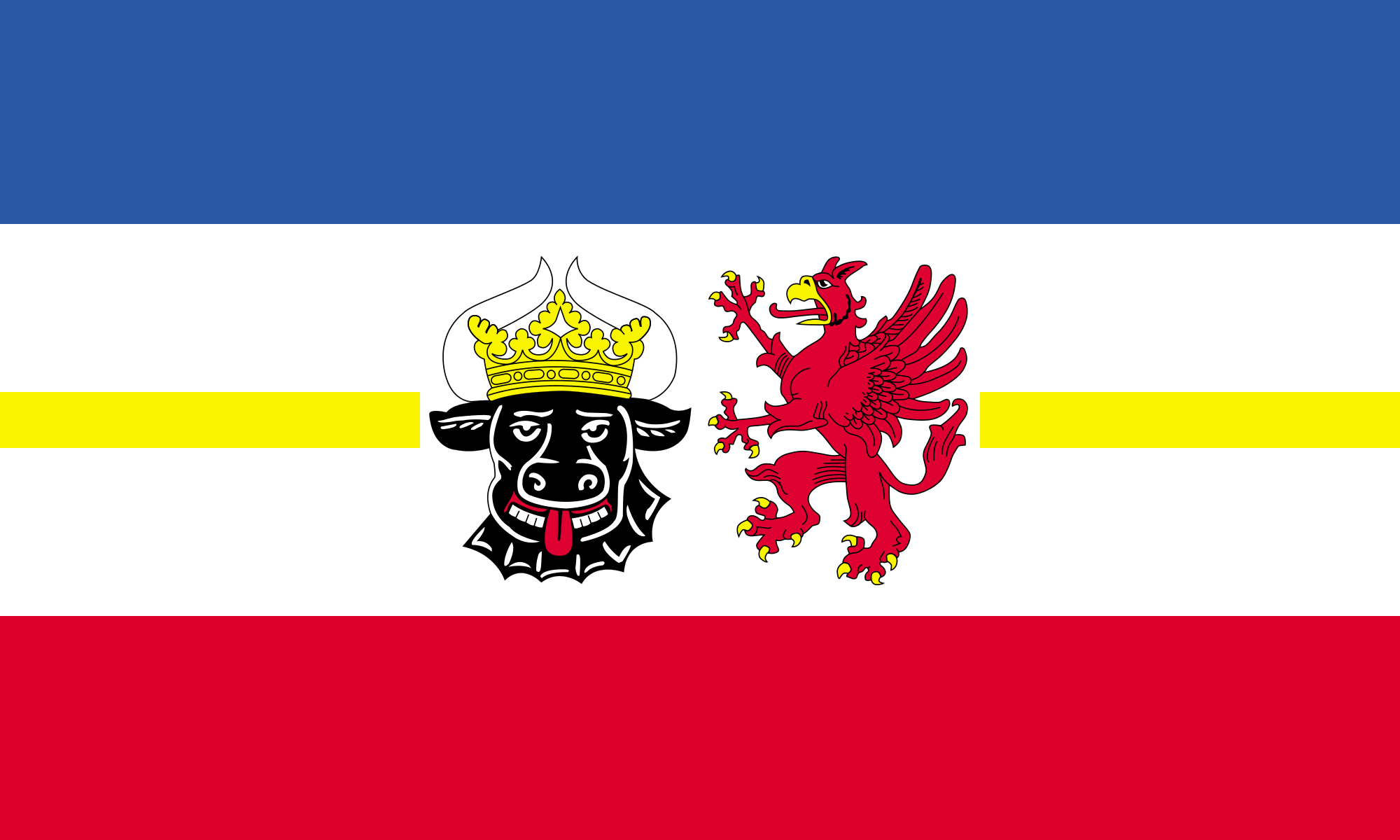 Mecklenburg-Vorpommern
Mecklenburg-Vorpommern

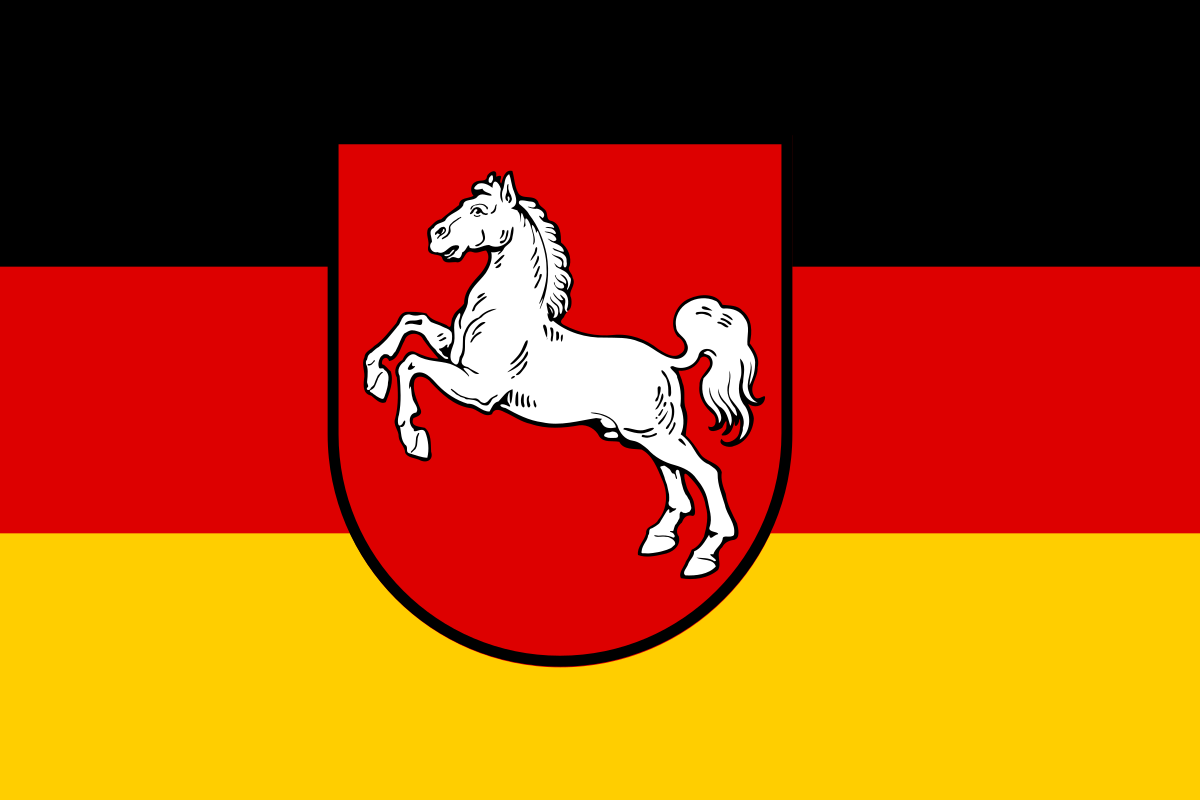 Lower Saxony
Lower Saxony

 North Rhine-Westphalia
North Rhine-Westphalia

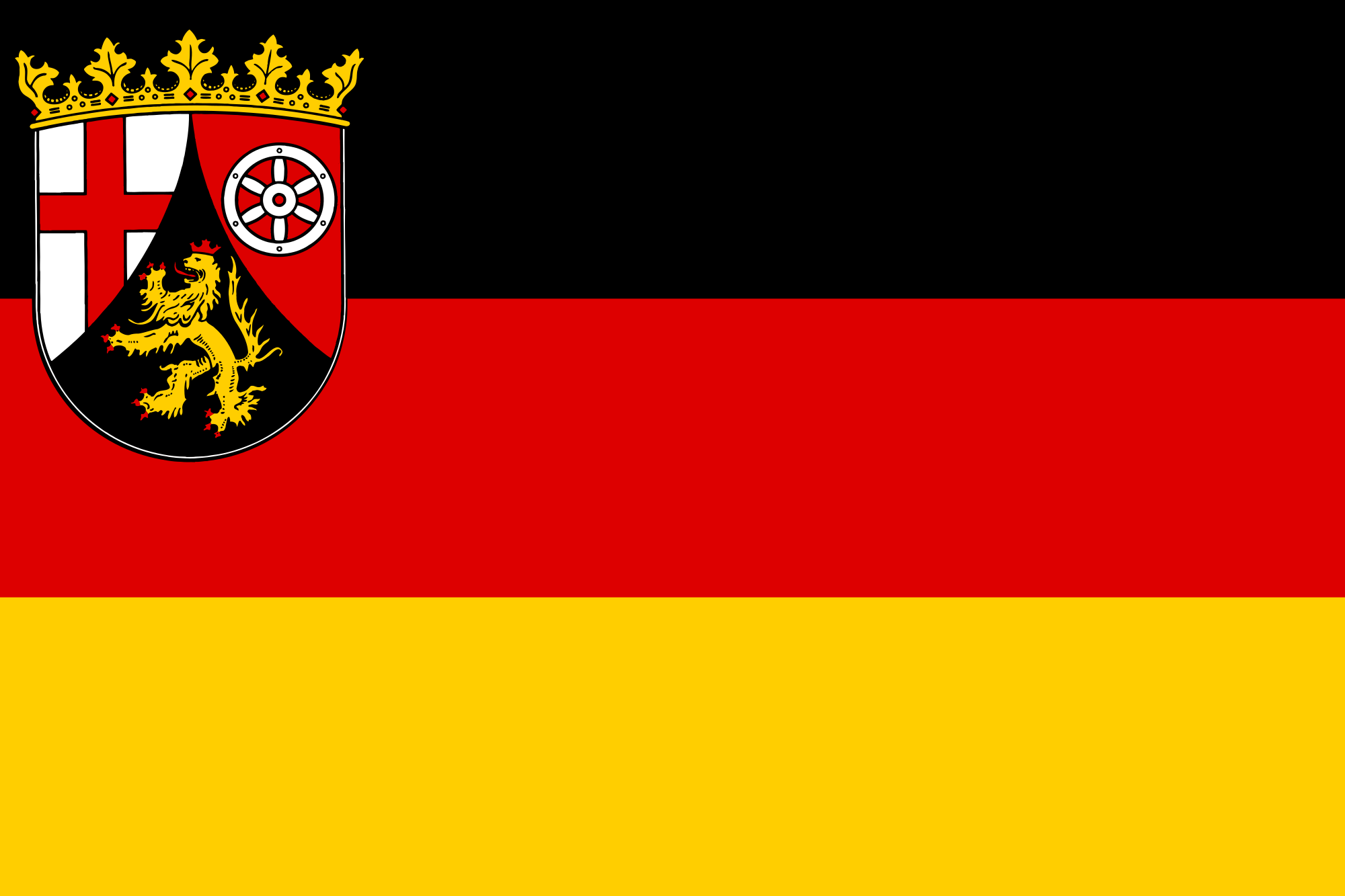 Rhineland-Palatinate
Rhineland-Palatinate

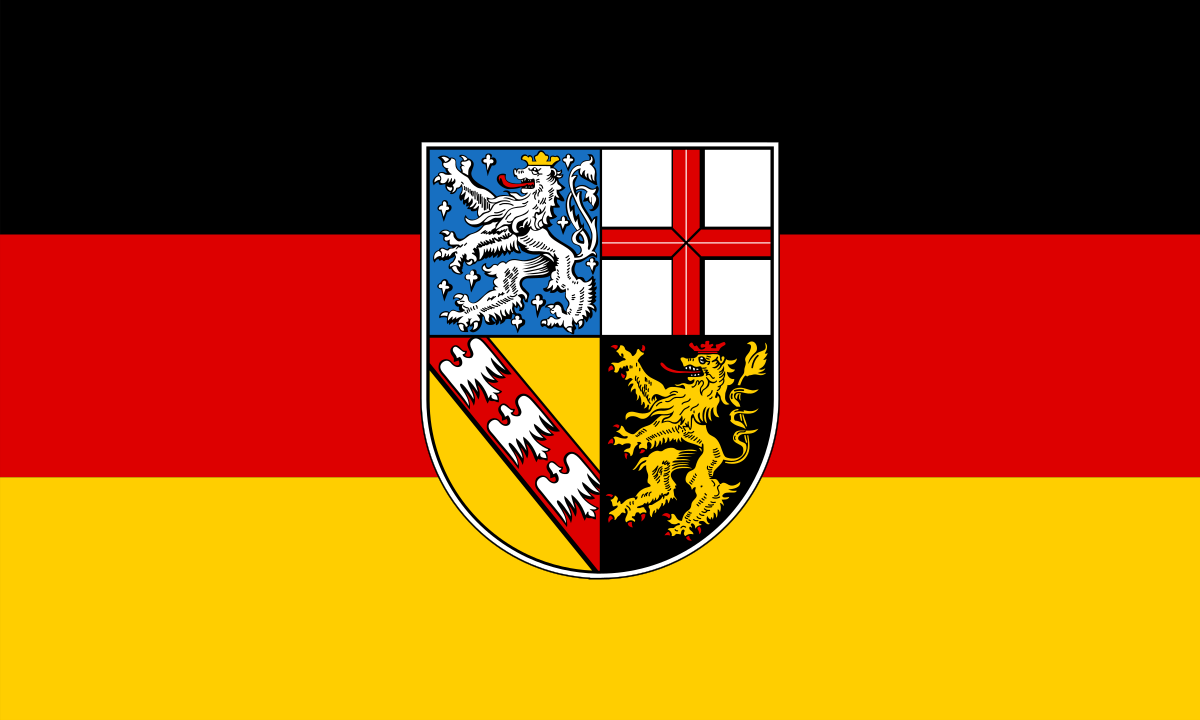 Saarland
Saarland

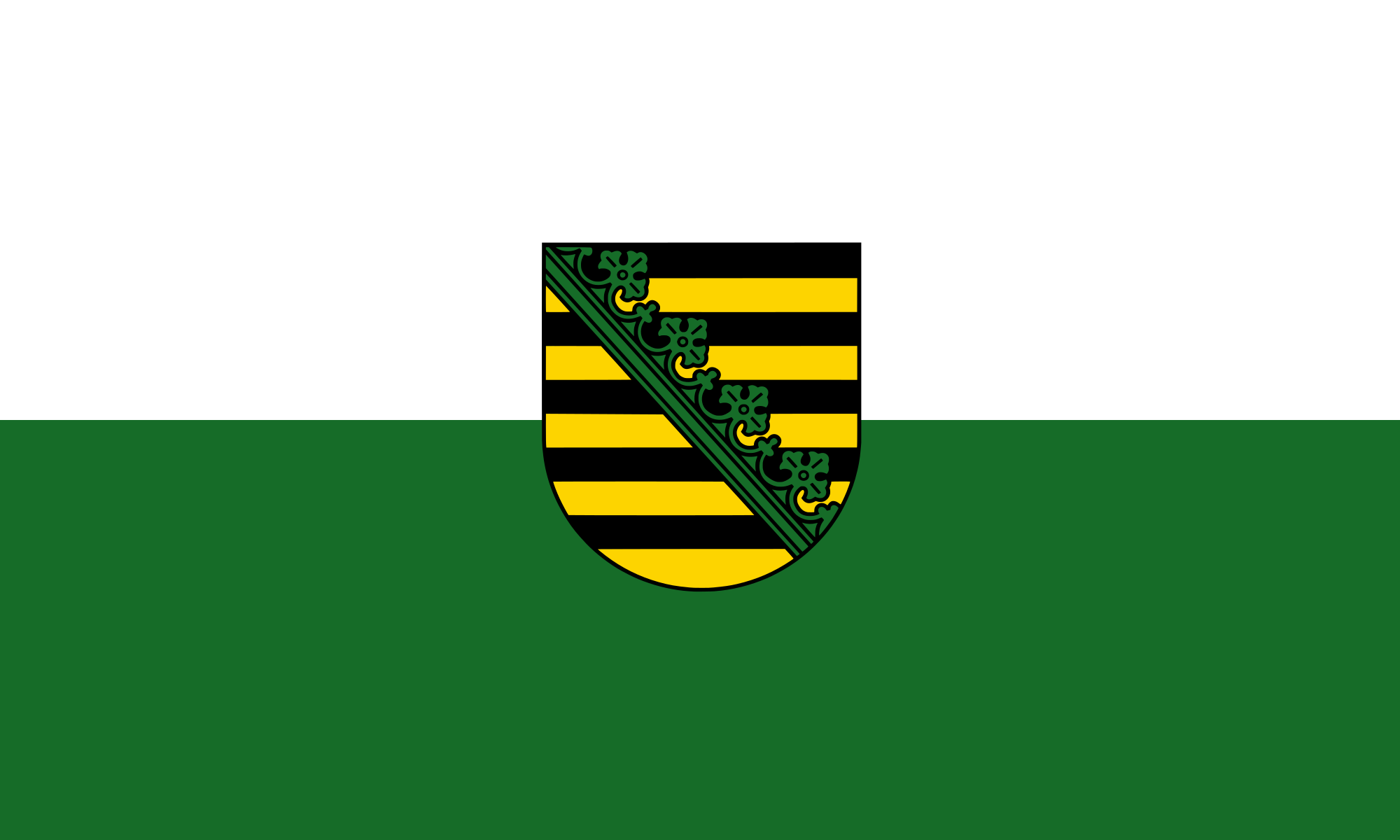 Saxony
Saxony

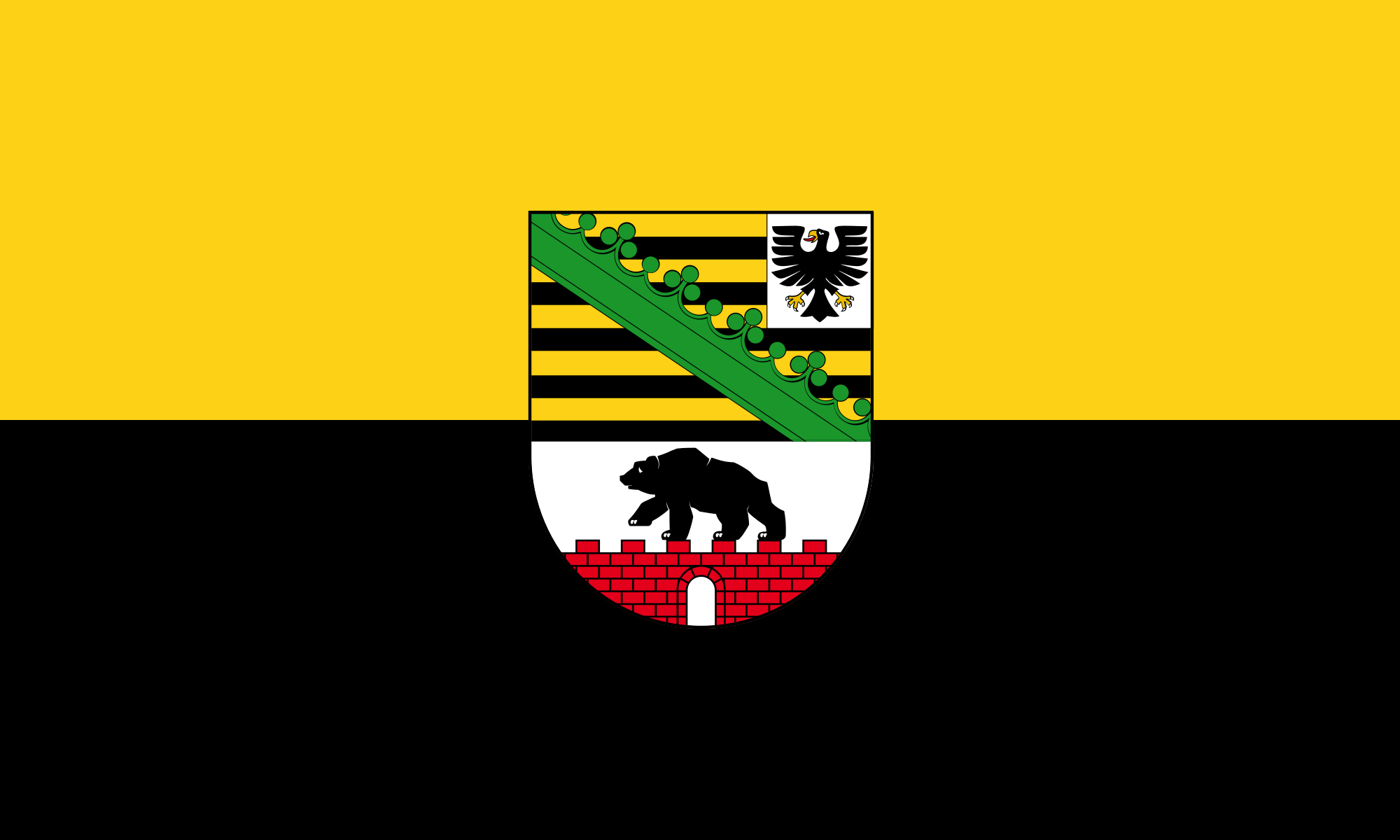 Saxony-Anhalt
Saxony-Anhalt

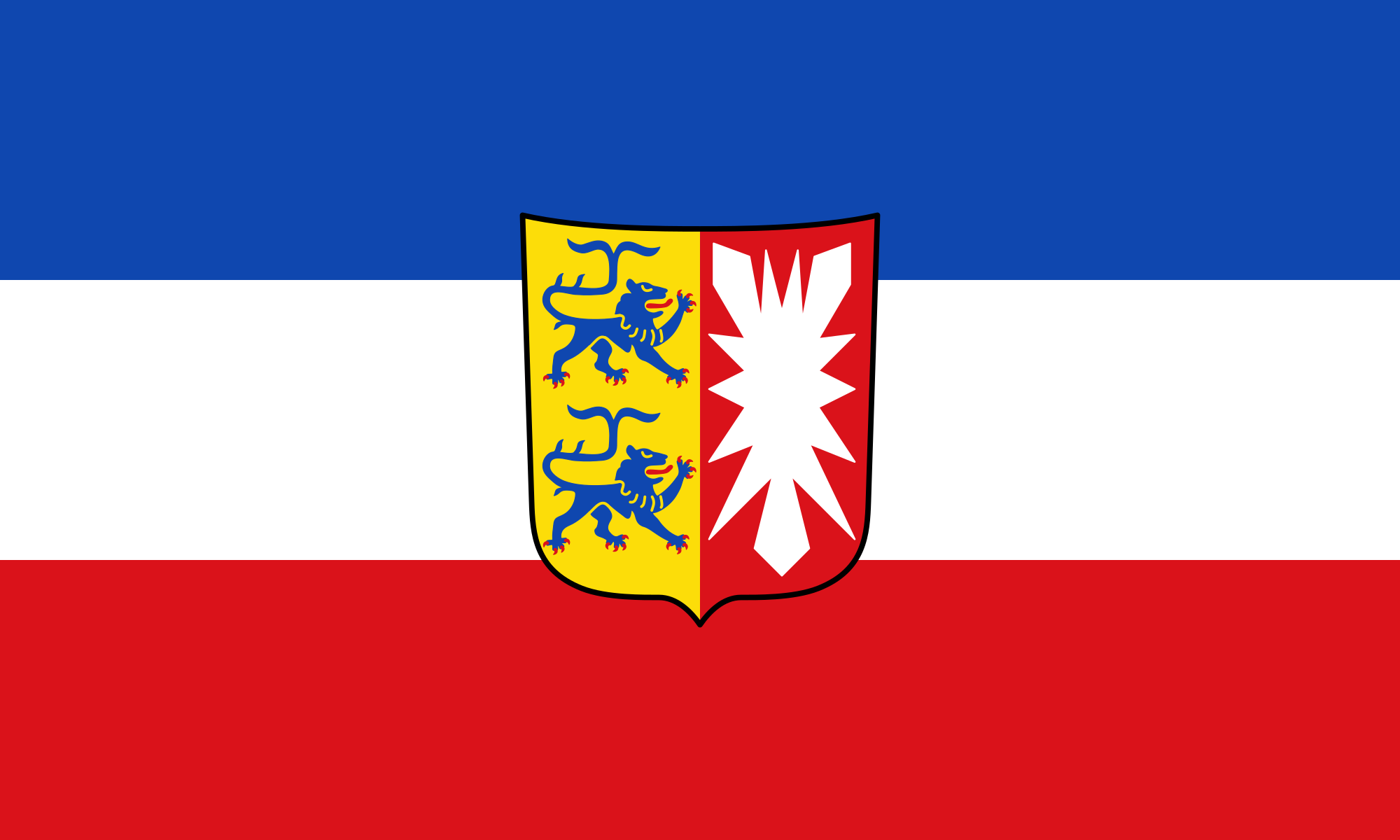 Schleswig-Holstein
Schleswig-Holstein

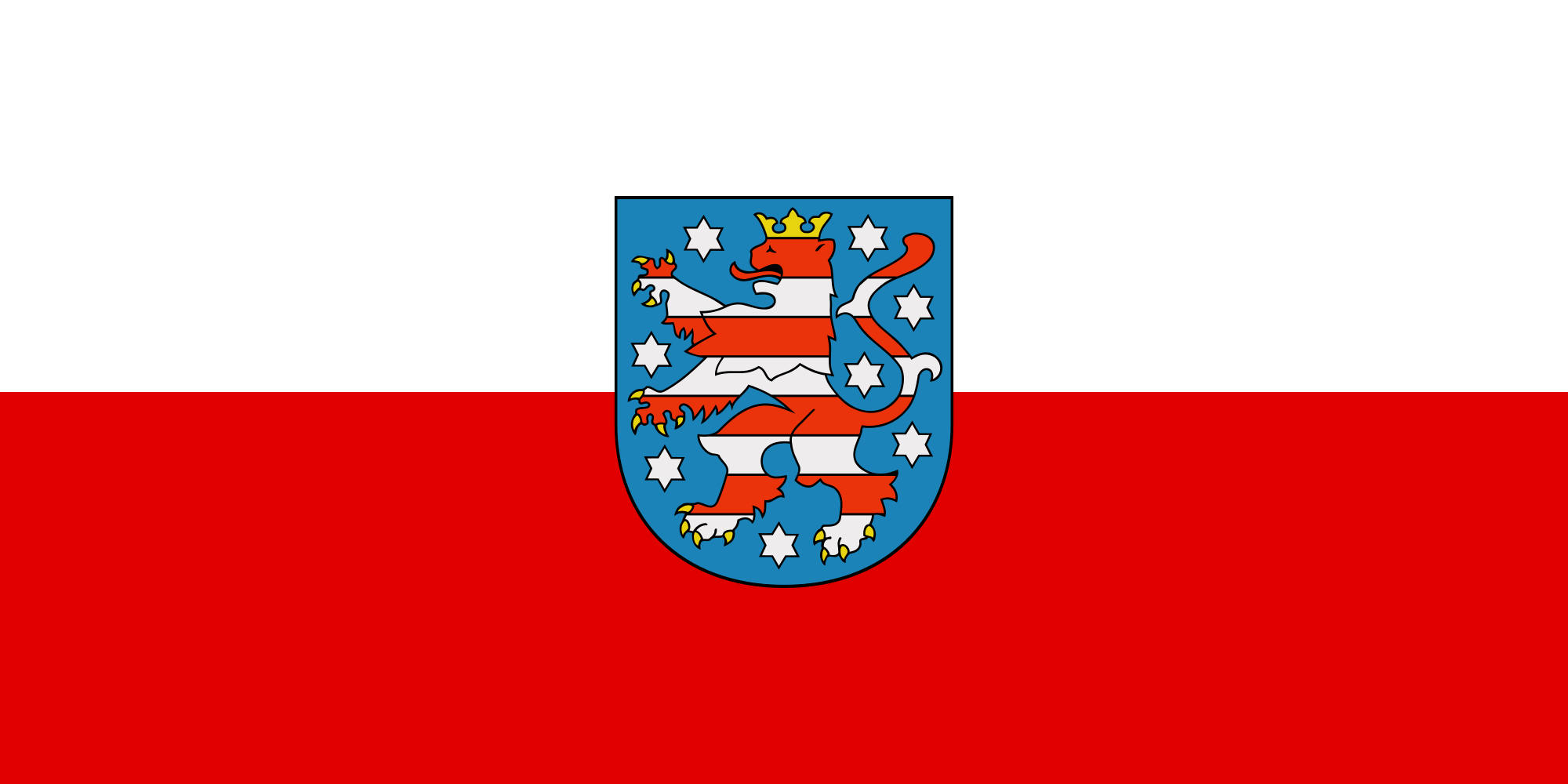 Thuringia
Thuringia
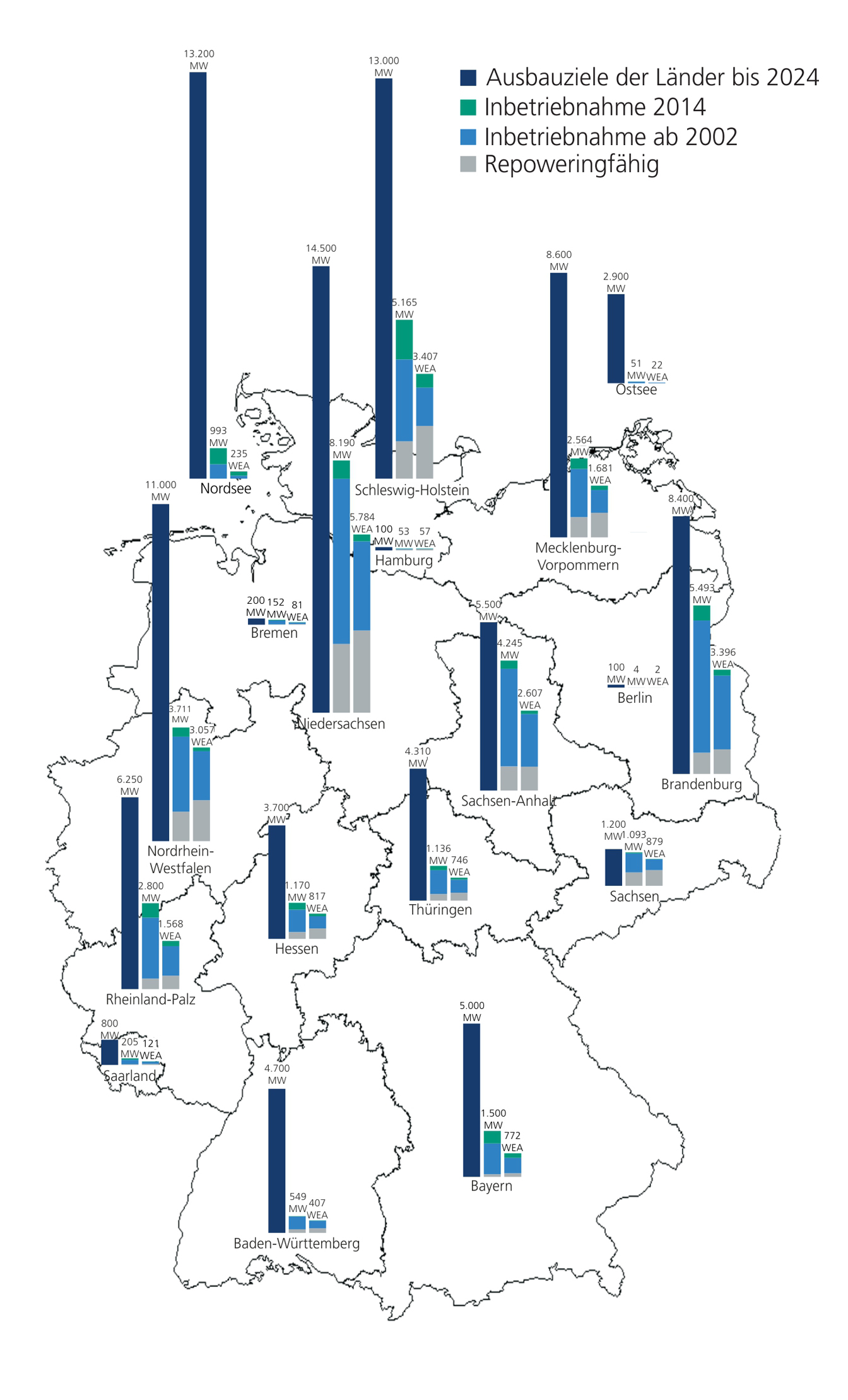
(Quelle:https://www.windkraft-journal.de/)

 Belarus
Belarus

 Berlin
Berlin

 Brandenburg
Brandenburg

 Bremen
Bremen
 Denmark
Denmark
 Germany
Germany
 Estonia
Estonia
 Finland
Finland
 France
France

 Hamburg
Hamburg
 Italy
Italy
 Latvia
Latvia
 Lithuania
Lithuania

 Mecklenburg-Vorpommern
Mecklenburg-Vorpommern
 Netherlands
Netherlands

 Lower Saxony
Lower Saxony

 North Rhine-Westphalia
North Rhine-Westphalia
 Poland
Poland

 Review
Review
 Russia
Russia

 Saxony
Saxony

 Saxony-Anhalt
Saxony-Anhalt

 Schleswig-Holstein
Schleswig-Holstein
 Sweden
Sweden
 Switzerland
Switzerland

 Traditions
Traditions

 Vacation and Travel
Vacation and Travel
 United Kingdom
United Kingdom

 World Heritage
World Heritage

一种特别在德国北海和波罗的海海岸常见的哥特式建筑是用烤砖建造起来的建筑结构.这个十二世纪开始使用那红色的烤砖作为建筑材料的独特建筑风格之所以在北部德国低地如此普及是因为这块地区缺少天然石而且运输也非常困难,由于那片地区和汉萨盟的一 致性,因此它就成为了汉萨同盟的象征.有些历史悠久的建筑也就成了联合国教科文组织世界文化遗产项目之一。
Die Backsteingotik (englisch Brick Gothic, polnisch Gotyk ceglany) umfasst gotische Bauwerke, die aus oder mit sichtbarem Backstein errichtet wurden. Sie ist vor allem in Norddeutschland, dem Ostseeraum und den Niederlanden[1] verbreitet. Ihr Verbreitungsgebiet erstreckt sich im Westen bis an die Straße von Dover und im Südosten bis nach Galizien. Der auch oft verwendete Begriff Norddeutsche Backsteingotik erfasst daher nur einen Teil der gesamten Backsteingotik. Gotische Backsteinarchitektur in Italien und Südfrankreich wird in der Regel allein den dortigen Regionalstilen zugerechnet.
Die mittelalterliche Verwendung von Backstein als Baustoff setzte nördlich der Alpen im 12. Jahrhundert ein. Die ältesten Bauten gehören deshalb noch der so genannten Backsteinromanik an. Im 16. Jahrhundert ging die Backsteingotik in die Backsteinrenaissance über. Die geografische Verbreitung des Bauens aus Backstein und mit sichtbarem Backstein unterlag vom Beginn des Hochmittelalters bis in die frühe Neuzeit aber durchaus Veränderungen. So gab es in Teilen des Münsterlandes zwischen Pionierbauten der Romanik und dem starken Backsteineinsatz in Renaissance und Barock eine zeitliche Lücke.
Viele von der Backsteingotik geprägte Altstädte und Einzelbauten wurden in die Liste des UNESCO-Welterbes aufgenommen.
Brick Gothic (German: Backsteingotik, Polish: Gotyk ceglany, Dutch: Baksteengotiek) is a specific style of Gothic architecture common in Northwest and Central Europe especially in the regions in and around the Baltic Sea, which do not have resources of standing rock, but in many places a lot of glacial boulders. The buildings are essentially built using bricks. Buildings classified as Brick Gothic (using a strict definition of the architectural style based on the geographic location) are found in Belgium (and the very north of France), Netherlands, Germany, Poland, Lithuania, Latvia, Estonia, Kaliningrad (former East Prussia), Sweden and Finland.
As the use of baked red brick arrived in Northwestern and Central Europe in the 12th century, the oldest such buildings are classified as the Brick Romanesque. In the 16th century, Brick Gothic was superseded by Brick Renaissance architecture.
Brick Gothic is characterised by the lack of figural architectural sculpture, widespread in other styles of Gothic architecture. Typical for the Baltic Sea region is the creative subdivision and structuring of walls, using built ornaments and the colour contrast between red bricks, glazed bricks and white lime plaster. Nevertheless, these characteristics are neither omnipresent nor exclusive. Many of the old town centres dominated by Brick Gothic, as well as some individual structures, have been listed as UNESCO World Heritage sites.
The real extent and the real variety of this brick architecture has to be distinguished from the view of late 19th and early 20th century, especially the years around the end of World War I, when it was instrumentalized, politically.
Indeed, about a quarter of medieval Gothic brick architecture is standing in the Netherlands, in Flanders and in French Flanders. Some dominant buildings combinations of brick and stone. But the criterion "no stone at all" looks like a trick to exclude them.[according to whom?] The towers of St Mary church in Lübeck, the very top Brick Gothic church of the Baltic Sea region, have corners of granite ashley. And many village churches in northern Germany and Poland have Brick Gothic design, but most of their walls are formed by boulders.
L'architettura gotica dei paesi baltici è una varietà regionale dell'architettura gotica, in particolare del gotico tedesco. Le aree coinvolte in questa forma di architettura medievale si affacciano sul mar Baltico e sul Mare del Nord e, da un punto di vista politico, comprendevano gli stati settentrionali del Sacro Romano Impero, le città della Lega Anseatica, i possedimenti dell'Ordine Teutonico. Il periodo interessato va dal XIII secolo al XV secolo.
Le caratteristiche distintive sono che si tratta di un'architettura prevalentemente in laterizio e di una rielaborazione originale e per certi aspetti molto distante dall'iniziale gotico francese. I paesi europei attuali che hanno testimonianze di questa architettura sono Germania, Polonia, Lituania, Lettonia, Estonia, e nell'area della storica Prussia Orientale, (Oblast di Kaliningrad Russia); alcune testimonianze sono anche presenti in Scandinavia.
Le gothique de brique (allemand : Backsteingotik) est un style d´architecture gothique du Nord de l´Europe, et plus particulièrement du Nord de l'Allemagne et des régions autour de la mer Baltique. Il s'est surtout répandu dans les villes culturellement allemandes de l'ancienne Ligue Hanséatique à partir du XIIIe siècle, puis bien au-delà par influence (Scandinavie, Flandres, toute la Pologne, Allemagne du Sud). Les bâtiments sont essentiellement constitués de briques et le style de la décoration s'est adapté aux possibilités et aux limites de ce matériaux, conférant à cette architecture une identité bien particulière.
Il existe d'autres styles d'architecture gothique en brique en Europe, plus ou moins indépendants, comme en Italie et dans la région Toulousaine en France. Le style gothique baltique ne comprend pas tout le gothique en brique d'Europe.
El gótico báltico (en alemán, Norddeutsche Backsteingotik), forma la parte mayor del gótico de ladrillos (en alemán: Backsteingotik). Es una variante de la arquitectura gótica y neogótica que apareció en la Europa septentrional. Sin la especificación "Baltico" es estendido del estrecho de Calais a la Galicia de los Cárpatos. Con la especificación "Baltico" esta concentrada en el norte de Alemania y las zonas aledañas al mar Báltico. En todas estas regiones mancan recursos naturales para construir edificios de piedra. Se extendió principalmente en las ciudades culturalmente alemanas de la antigua Liga Hanseática desde el siglo XIII, y luego por influencia (Escandinavia, toda Polonia, el sur de Alemania). Los edificios son esencialmente de ladrillo y el estilo de decoración se ha adaptado a las posibilidades y límites de este material, dando a esta arquitectura una identidad muy particular.
Кирпичная, ганзейская или северогерманская готика — разновидность готического стиля архитектуры, распространённая в Северной Германии, Польше, Белоруссии и Прибалтике в XIII—XVI веках. Красный керамический кирпич как строительный материал стал использоваться в Северной Европе в XII веке, поэтому самые древние кирпичные образцы относятся ещё к так называемой «кирпичной романике». В XVI в. кирпичную готику сменил «кирпичный ренессанс».
Для кирпичной готики характерны, с одной стороны, отсутствие скульптурных украшений, которые невозможно выполнить из кирпича, и, с другой стороны, богатство орнаментальных деталей кладки и структуризация плоскостей за счёт чередования красного либо глазурованного кирпича и известковой побелки стен.
Многие города, внешний облик которых украшают готические сооружения из красного кирпича, являются объектами Всемирного культурного наследия ЮНЕСКО.

Bad Münstereifel (bis 1967 Münstereifel) ist eine Stadt im Kreis Euskirchen im Süden des Landes Nordrhein-Westfalen. Sie gilt als mittelalterliches Kleinod mit nahezu vollständig erhaltener restaurierter Stadtmauer und ist ein Erholungsort, insbesondere für die Bewohner der Ballungsräume Köln, Bonn, Düsseldorf und Ruhrgebiet.
巴德明斯特雷菲尔(Bad Münstereifel,1967 年以前为明斯特雷菲尔)是北莱茵-威斯特法伦州南部欧斯基兴区的一个小镇。它被认为是中世纪的瑰宝,几乎完全保留了修复后的城墙,是科隆、波恩、杜塞尔多夫和鲁尔区居民的度假胜地。


Heimspielbetrieb Bayer 04 Leverkusen Veranstaltungen Rückspiel im UEFA-Pokal-Finale 1988 DFB-Supercup 1993 Ligapokalendspiele 1997–2000 Finale der Fußball-WM der Menschen mit Behinderung 2006 Fußball-Weltmeisterschaft der Frauen 2011 DFL-Supercup 2024 Länderspiele der deutschen Fußballnationalmannschaft
 Bundesliga
Bundesliga
 Football Bundesliga 2015/16
Football Bundesliga 2015/16
 Football Bundesliga 2016/17
Football Bundesliga 2016/17
 Football Bundesliga 2017/18
Football Bundesliga 2017/18
 Football Bundesliga 2018/19
Football Bundesliga 2018/19
 Football Bundesliga 2019/20
Football Bundesliga 2019/20
 Jupp Heynckes
Jupp Heynckes

 North Rhine-Westphalia
North Rhine-Westphalia

 Sport
Sport
 (F)UEFA Europa League
(F)UEFA Europa League
 UEFA Champions League 2015/16
UEFA Champions League 2015/16
 UEFA Champions League 2016/17
UEFA Champions League 2016/17
 Group E
Group E
 UEFA Champions League 2019/20
UEFA Champions League 2019/20
 Group D
Group D
 UEFA Champions League 2025/26
UEFA Champions League 2025/26
 UEFA Europa League 2018/19
UEFA Europa League 2018/19
 Group A
Group A


 Germany
Germany

 Agriculture, forestry, livestock, fishing
Agriculture, forestry, livestock, fishing

 Medical, Pharmaceutical, Rehabilitation
Medical, Pharmaceutical, Rehabilitation
 Famous pharmaceutical company
Famous pharmaceutical company

 North Rhine-Westphalia
North Rhine-Westphalia

 Companies
Companies

 Companies
Companies
 *Centuries-old companies in the world
*Centuries-old companies in the world

 Science and technology
Science and technology
 Global Innovators
Global Innovators


贝多芬之家(德语:Beethoven-Haus)是位于德国波恩的一处纪念馆、博物馆和文化机构。成立于1889年,建筑本身曾是贝多芬生活和工作过的地方。贝多芬之家由贝多芬之家协会和公共资金运营。
Das Beethoven-Haus in Bonn ist zugleich Gedächtnisstätte, Museum und Kulturinstitut mit vielfältigen Aufgaben. 1889 vom Verein Beethoven-Haus gegründet, verbinden sich hier die Person von Ludwig van Beethoven mit der Pflege seiner Musik und der Erforschung von Leben und Werk des Komponisten.
Im Zentrum steht das Geburtshaus Beethovens in der Bonngasse Nr. 20 mit dem Museum. In den umliegenden Gebäuden (Bonngasse Nr. 18 und 24–26) sind das Forschungszentrum (Beethoven-Archiv) mit Sammlung, Bibliothek und Verlag sowie der Kammermusiksaal untergebracht. Sie dienen Musikfreunden und Fachleuten aus aller Welt gleichermaßen als Ort der Zusammenkunft und des Austauschs. Das Beethoven-Haus wird vom Verein Beethoven-Haus und von der öffentlichen Hand getragen.

Das Beethoven-Denkmal auf dem Münsterplatz in Bonn erinnert an den berühmtesten Sohn der Stadt, den Komponisten Ludwig van Beethoven. Das Denkmal aus dem 19. Jahrhundert ist eines der Wahrzeichen der Stadt und ein beliebtes Fotomotiv für Touristen. Es steht als Baudenkmal unter Denkmalschutz.
波恩明斯特广场上的贝多芬纪念碑是为了纪念这座城市最著名的儿子--作曲家路德维希·范·贝多芬。这座建于 19 世纪的纪念碑是波恩的地标之一,也是游客们喜爱的摄影主题。它已被列入保护名录。
 Exhibition
Exhibition
 Energy resource
Energy resource


 Automobile
Automobile
 Driving school
Driving school
 Architecture
Architecture
 Art
Art